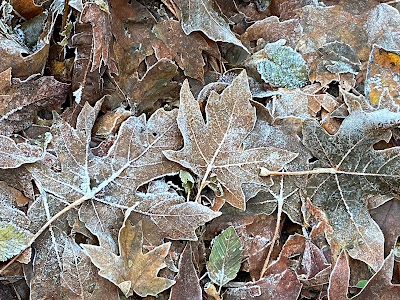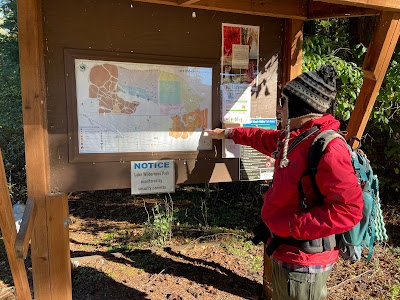Happy New Year, ca 1910
This is an unused, embossed E. Nash produced vintage postcard. Most of the postcards produced by e. nash have a logo with an N within a triangle. On this card it is found at the lower left corner on the front, and also printed out on the reverse under the area designated for a stamp, upper right corner. At the left edge on the reverse is: "New Year Series No. 34." The picture frame and maple leaves are raised and gold colored. Nash appears to have been producing art-type postcards in the early 1900s to 1915 and perhaps a bit later. There is not much information about the E. Nash company. The card has a divided back, putting the date after 1908.
Today most countries use the Gregorian calendar with 1 January as the first day of the new year. In pre-Christian times, the Romans used the Julian calendar with January named after the god of gateways and beginnings, Janus. It was interesting to see that from Roman times until the middle of the 1700s Christian Europe celebrated the new year in various stages on 25 December, on 1 March, 25 March and on the movable feast day of Easter.
Count downs ending with fireworks exactly at midnight in each time zone across the globe on New Year's Eve have become traditional. Making New Year's resolutions and calling family and friends to wish them a Happy New Year are also traditional for many people.
In my late husband's family the old Scottish tradition of giving a small New Year's gift that included an item of clothing (socks), a coin (a dime or penny), and an bit of food (usually a small orange) was handed down through several generations. The gift items were to be wrapped together in white tissue paper and tied with a red ribbon or string. He called this the "little new year" and we carried on that tradition in our own family until our children were grown with children of their own. I never found out how many generations of his family had handed down that tradition. However, the practice may have started as early as the Gaelic and Norse observances of Hogmanay, the celebration of the winter solstice, when small gifts were shared to bring luck to the householder by the first person to cross the threshold.
For additional information, see:
https://commons.wikimedia.org/wiki/Logos_of_postcard_publishers
https://en.wikipedia.org/wiki/Hogmanay





 l
l

































